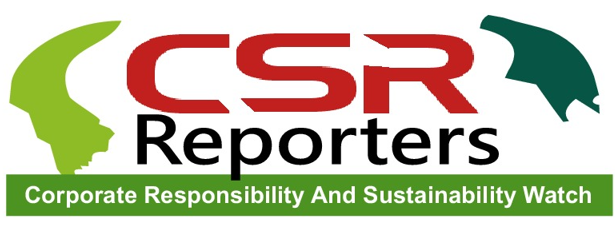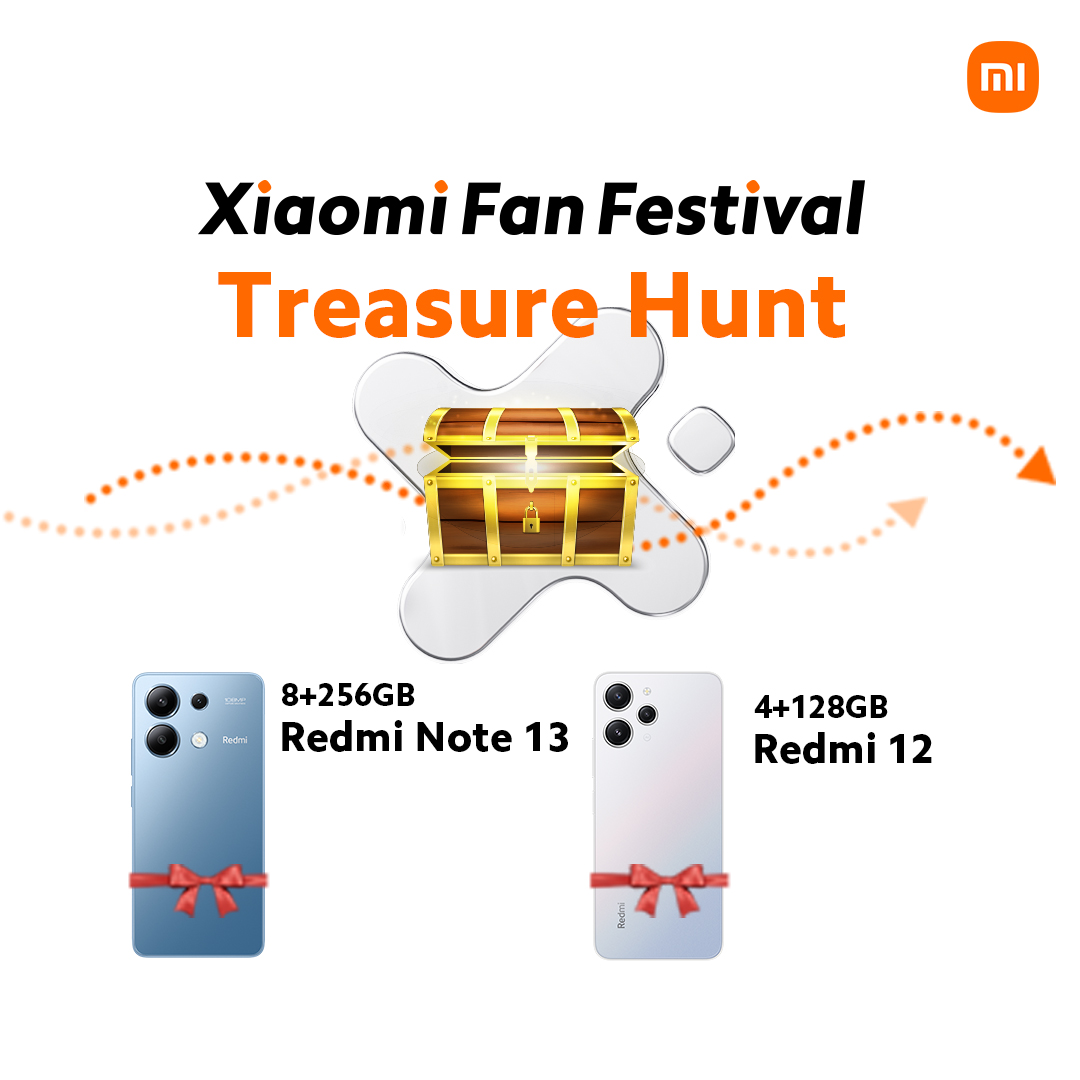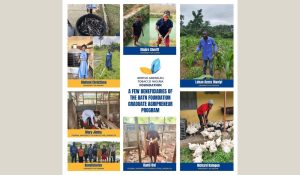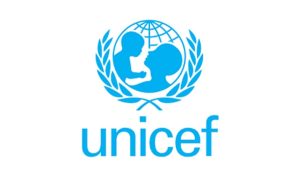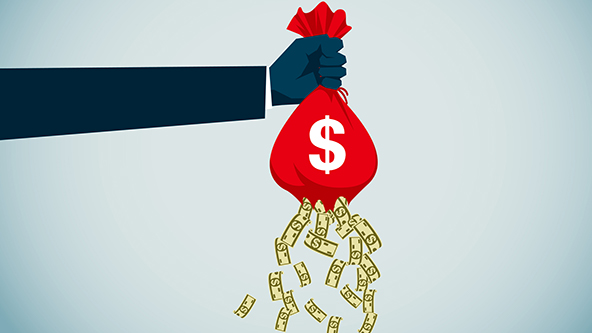
How Nonprofits can Access the Fortune Sitting in Community Foundation DAF Accounts
Mike Scutari
Earlier this year, I was speaking to a philanthropist who was trying to drum up support for his cause from regional funders. He said he wasn’t having much luck, so I asked him if he had connected with his local community foundation, the idea being that if a DAF holder asks the fund manager for advice on which nonprofits are doing good work on a certain issue, his organization might get a mention.
After a short pause, he let out a resigned sigh. “I should be doing that,” he said. “I’ve been reading a lot about how there’s all of this money that’s sitting there and it’s just not being used.”
He was certainly onto something. The National Philanthropic Trust’s 2022 DAF report found that the 607 community foundations in its dataset held $62.69 billion in total charitable assets in 2021, a 34% increase from 2020. Total contributions to DAFs at community foundations were $14.56 billion in 2021, up 48% over the previous year. And the amount of money community foundations granted rose 16.5% over 2020 to $9.58 billion, constituting 20% of total DAF grant dollars for the year.
I imagine a lot of other fundraisers out there have not tapped into these pools of money, perhaps because they are hesitant to make what is essentially a cold call. But if all local community foundation reps are anything like the three leaders I contacted to learn more about how they engage with nonprofits, it’s definitely worth picking up the phone.
Megan Burke, Community Foundation of Western Massachusetts (CFWM) president and CEO; Lindsey Linzer, Miami Foundation VP of community investments; and Rondal Richardson, Community Foundation of Middle Tennessee (CFMT) senior entertainment and donor relations liaison, told me they welcome unsolicited calls from leaders looking to introduce their nonprofit to donors. That said, the real work begins once the nonprofit leader establishes that initial connection. Here are five tips for nonprofits leaders, gleaned from their feedback.
Do your homework
First and foremost, nonprofits leaders should do their due diligence before they make the call. This includes learning about the community foundation’s strategic focus and discretionary grants, signing up for e-newsletters, following the foundation’s social media accounts, attending events and identifying funds that may be a potential source of support. (The CFWM lists DAFs in its annual report, while the Miami Foundation and CFMT allows users to search for funds on their websites.)
The Miami Foundation’s Linzer told me that the most visible way her team matches nonprofits and fundholders is through its annual Give Miami Day. “A big part of the day is encouraging individuals to get to know and give to nonprofits that may not have previously been on their radar,” Linzer said in an email.
Organizations can receive support long after Give Miami Day is over. “It is very common that they come to us and ask for recommendations on where they should give within a given issue area,” Linzer said. “When we get those requests, we lean on the Give Miami Day portal, recent grant applications received from nonprofits, and our understanding of which organizations work in what spaces to provide a recommended list of organizations for that donor to consider.”
Make the call (obviously)
All three individuals welcomed the prospect of receiving an unsolicited call from a nonprofit leader. Burke told me via email that if she received such a call, her response would be, “‘I would love to learn more about your organization’s work and the impact it has in the community. With this information, I can think about how the community foundation might be a resource for your work.’”
Richardson said the CFMT is “in the business of customizable philanthropy. If there are shared goals between a nonprofit and donor, we want to connect that as quickly as possible. We love playing matchmaker when it’s appropriate.”
Linzer echoed that sentiment. “When a nonprofit reaches out hoping that we can connect them with donors, we recognize our ability to break down barriers and help them access resources they might not be able to reach independently (yet!),” she said. “While we don’t share specific organizations just because they’ve asked to be included, we view it as part of our core mission to know all of the community changemakers in our region and to steer our community to be the most charitable community in the nation.”
Of course, nonprofit leaders can reach community foundation reps via other means. “The best way for a nonprofit to get on a community foundation’s radar is to take advantage of office hours when they are offered — we offer them year-round! — apply for relevant grant programs and share their work,” Linzer said.
Share and sharpen your story
CFMT’s Richardson said that once the connection is made, “That’s where it really starts — the story. If the story is compelling, the donor is going to find comfort in knowing that their resources are well utilized.”
CFWM’s Burke provided a similar take, saying that a rep will ask the nonprofit leader to walk through the organization’s work and “share the story of how your nonprofit has an impact in the community. If it turns out that we do believe it might be a fit for one or more donor-advised funds, we can share that information directly with the donor advisors in the way they have asked to receive it.”
Burke laid out other ways the CFWM can work with a nonprofit. In a hypothetical conversation with someone who oversees a program that works with high school students developing post-secondary plans, she’d tell the leader, “We can share information on our scholarship programs for you to share with your program participants and their families. We can also add you to our contact list so we can invite you to future nonprofit gatherings or other opportunities to learn about your organization’s work, build a relationship and stay connected as we learn of donor opportunities.”
Stay engaged
Now that nonprofit leaders have a foothold in the community foundation, it’s incumbent on them to stay in contact. “Sometimes, just a quick email to say hello and share a brief update is the easiest way,” said Linzer. “Program officers may not always have the time for a meeting but they do want to hear from nonprofits, and staying in touch helps ensure organizations are top of mind at the foundation when those donor requests come in.”
CFWM’s Burke encourages nonprofit leaders to attend community-hosted events, participate in capacity-building opportunities and, echoing Linzer’s sentiments, drop in during scheduled virtual open office hours with the foundation’s Community Impact team. Nonprofits should also pass along “success stories” so that the foundation can share them with donors via its monthly newsletter and on social media platforms.
These kinds of conversations galvanize discussion between foundation staff. “We have established various ways to collaborate and share information internally, so speaking with any one staff member will be effective in introducing yourself to us,” the CFWM’s Burke said.
For example, CFWM’s philanthropic services (PS) team — the individuals that work with donors — regularly meet with the Community Impact reps who lead the foundation’s grantmaking and partnership initiatives. “We recently had a donor express an interest in supporting food security in our region,” Burke said. “Our PS team member was able to bring this request to our community impact team and learn from them about nonprofits in the community who have the greatest impact and could be a great investment for that donor.”
Nonprofits should also fully leverage the foundation’s outreach resources. The CFMT administers givingmatters.com, which allows donors to support up to 1,793 nonprofits based in the Middle Tennessee region. “It was built for the donors,” Richardson said, “and we are in constant contact with our nonprofits to make sure we’re telling the most compelling story on their behalf, but also connecting them to the most generous people that we know.”
As a sidebar, nonprofits should make sure their Candid GuideStar profiles are up to date, as DAF managers use the tool to identify local organizations to recommend to donors. “Transparency regarding your organization’s mission, services and outcomes is very important to DAF donors,” said Elaine Kening, Vanguard Charitable’s director of communications and strategy, in an email. The more information an organizations provides on GuideStar, “the more comfortable a donor may feel in recommending a grant to your organizations.”
Take the long view
Foundation leaders advise nonprofit leaders to be clear-eyed, respectful and patient throughout what may (ideally) be an indefinite engagement process. “Please don’t expect that we will be able to introduce you to specific donors at your request, though you are welcome to suggest funds you saw on our website where you think there might be alignment,” Burke tells prospective grantees. Some donors request anonymity or a particular process for identifying grantees, and staff honor those requests.
In addition, “We want to make sure we are serving nonprofits in our community equitably,” Burke said. “This sometimes means that we may prioritize requests from historically under-resourced nonprofits and/or to address community needs that are urgent or that residents have identified as their most critical needs.”
Given the amount of need in communities, a philanthropic advisor’s radar can get pretty congested. “We recognize that with over 2,400 active nonprofits in Miami and over 1,000 that the Miami Foundation works with each year, we may not deeply know every organization and every leader, but we want to,” Linzer said.
Busy donors can also be overwhelmed by the sheer number of nonprofits in their region. “Not every fund holder wants to see all 2,000 nonprofits in their community,” Richardson said. But on the bright side, he said that donors will call him “on a daily or at least weekly basis and say, ‘Hey, where’s the greatest need in this community?’ And often it surprises them.”
Richardson reminds nonprofits that engaging donors is a marathon, not a sprint. “An organization focused on animal welfare may find that today, a donor cares about childhood leukemia,” he said. “But we offer the perspective that there might be that small shift. It might just be a ‘no’ for right now, so let’s keep going back.” This requires Richardson and his team to “not just wordsmith proposals or letters to prospective donors, but spend time thinking about mission and store and the journey — all that Joseph Campbell stuff.”
And it goes without saying that nonprofits should always thank the donor, even though they don’t have to. “Trust me,” Richardson said, “donors love a personalized ‘thank you’ to let them know, ‘Hey, your gift really mattered, because we were able to do these 10 things better as a result of your generous gift that we wouldn’t have been able to do otherwise.”
